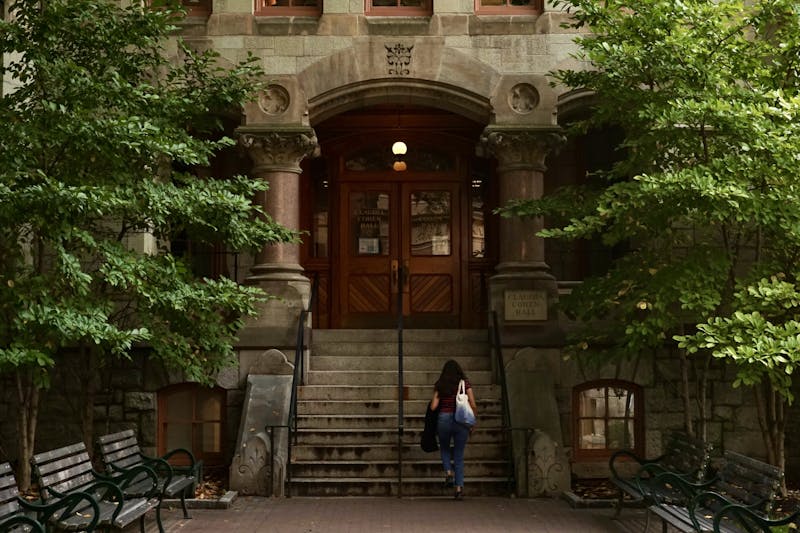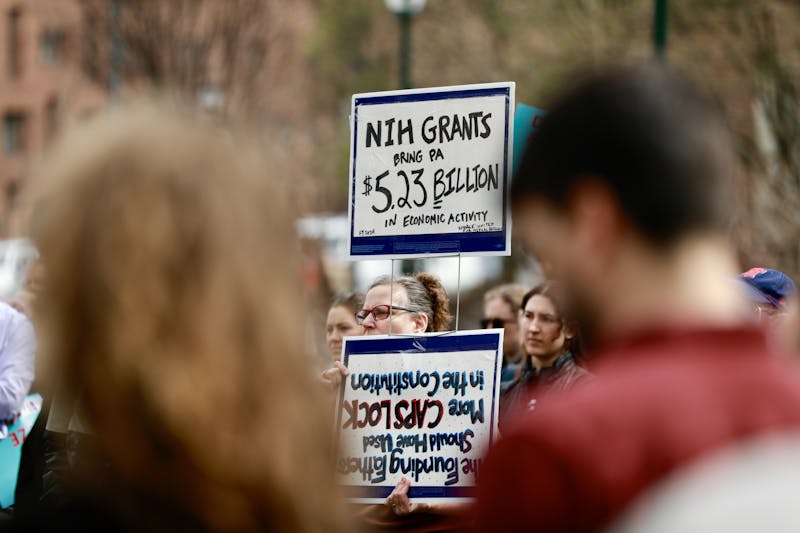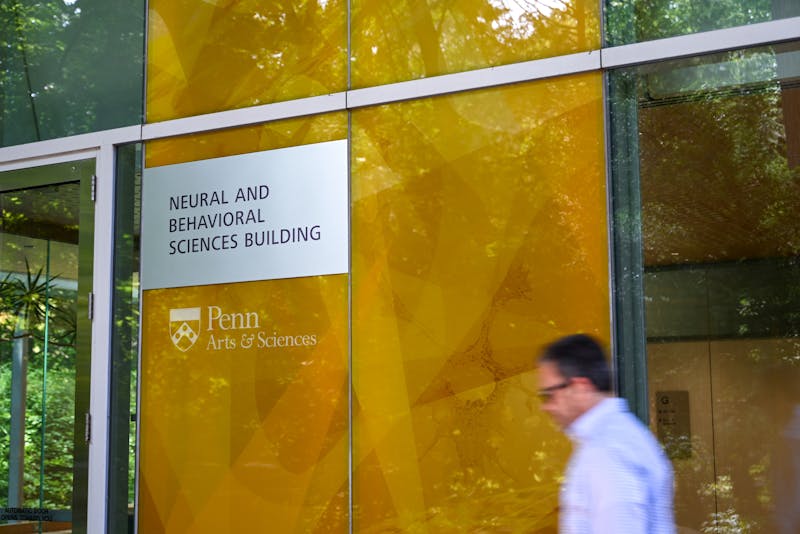The proportion of underrepresented minority medical students nationwide has not increased since the early 1970s, according to a recent American Medical Student Association study.
At Penn's School of Medicine, minority enrollment has seen its ups and downs, but students and administrators agree that national barriers to adequate representation still exist.
The AMSA study, which was commissioned by the Bureau of Health Professions, looked at how medical schools address the needs of minority students, as well as their recruitment and retention practices.
The study concluded that disparities in early education and financial resources negatively impact national minority medical student enrollment.
Penn Medical School has experienced measurable gains in minority student representation since 1970, but currently has a slightly lower percentage of minority students than the national average.
In 1970, 11 minority students matriculated in a class of 150. In 2002, there were 26 minority students in a class of 149, representing 17.4 percent of the total entering class. Enrollment data is not yet available for the Class of 2008.
The national average of minority enrollment in medical school was 18.2 percent in 2002, according to the Association of American Medical Colleges.
Penn's enrollment numbers have been fairly constant for the past decade. In 1992, 23 minority students matriculated at Penn Medical School. Minority enrollment reached a high of 34 in 1994, with class size ordinarily set at 150 students.
Bernett Johnson, associate dean for Graduate Medical Education, called Penn's gains in minority representation "a slow progression in recent years."
Compared to peer institutions, "Harvard probably has better numbers," Johnson said, citing Harvard Medical School's superior financial aid package.
Penn Medical School offers separate recruitment events for underrepresented minority students that are conducted by student volunteers.
In addition to the formal recruitment process, the Office of Minority Affairs, the Penn chapter of the Student National Medical Association and other student groups conduct outreach programs in and around West Philadelphia.
The Pipeline Program, run by the OMA and the SNMA, pairs minority medical students with West Philadelphia-area high schoolers at two schools. Volunteers mentor the younger students and encourage interest in the medical profession.
A similar program matches minority Penn undergraduates with minority medical school students.
These programs, the organizers hope, will help increase the number of minority medical students not just at Penn, but across the nation.
Despite national underrepresentation, many Penn medical students are generally positive about the Medical School's recruitment efforts.
Michelle Morse, a first-year Medical student and co-chairwoman of SNMA, said, "I think I can safely say that Penn Medical School is committed to diversity and to maintaining a diverse class."
However, she added, "we don't have a critical mass of minority students."
A critical mass, she said, is defined as enough students so that these outreach programs can be effective without 100 percent participation from the minority community.
Morse said that Penn alone cannot solve the "national problem of public education" or the financial disparity that results in low minority participation in medical school. However, she said that further efforts should be made in the West Philadelphia community.
The Daily Pennsylvanian is an independent, student-run newspaper. Please consider making a donation to support the coverage that shapes the University. Your generosity ensures a future of strong journalism at Penn.
DonatePlease note All comments are eligible for publication in The Daily Pennsylvanian.







